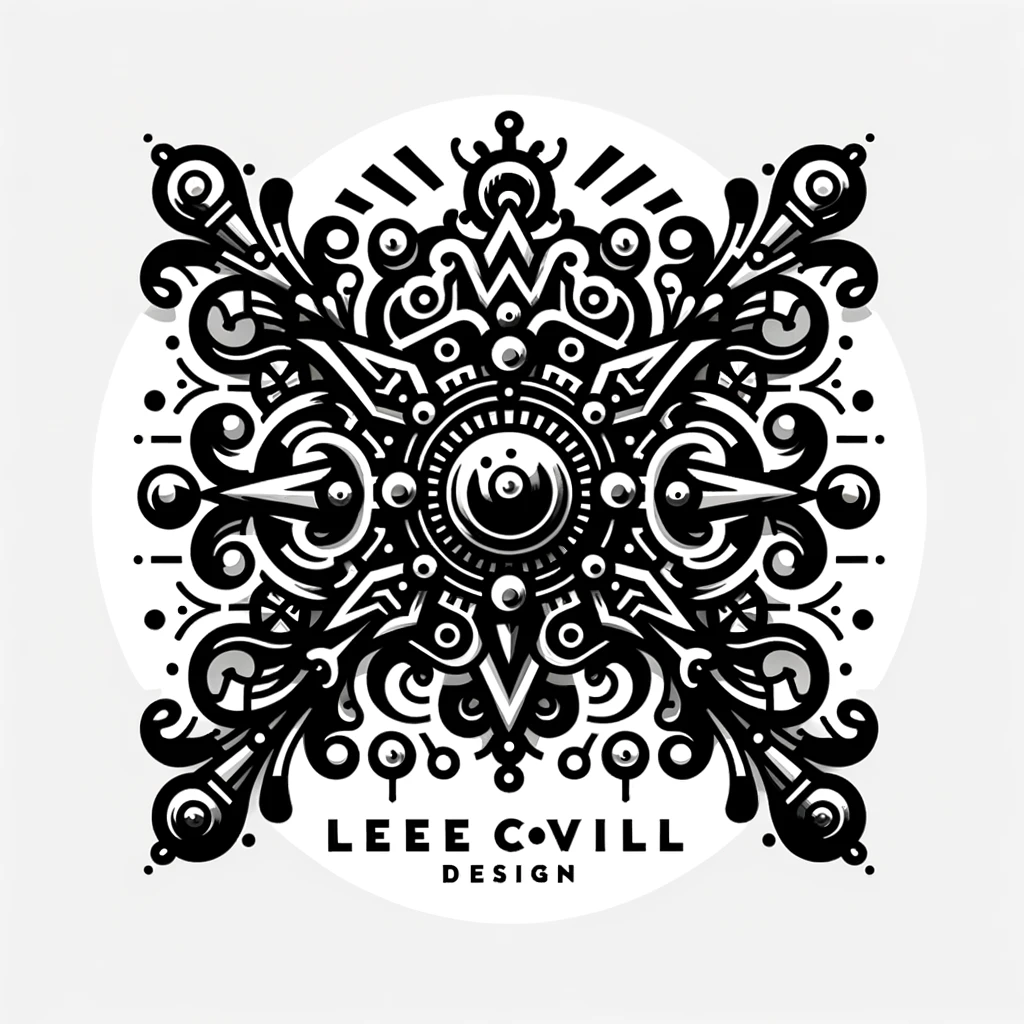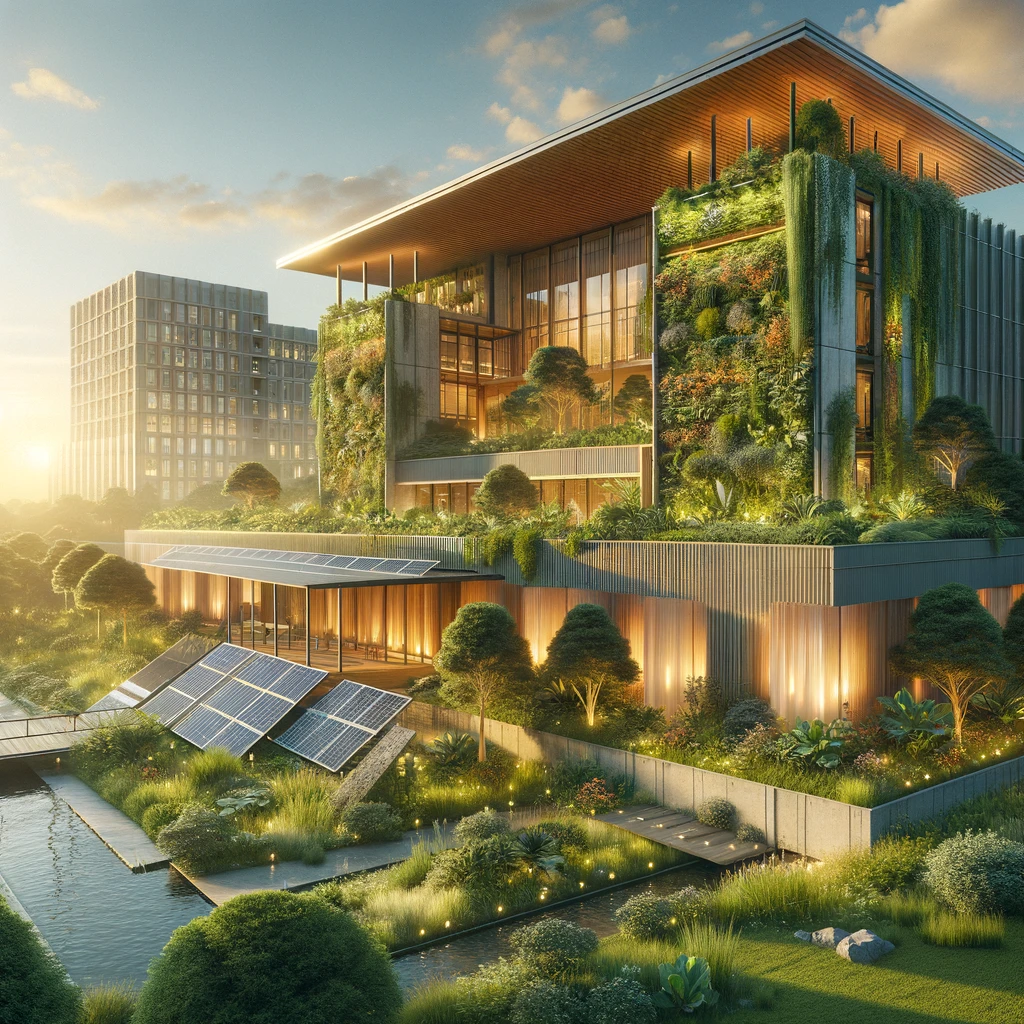In the realm of architecture, sustainability is no longer a buzzword; it’s a necessary ethos guiding the way we think about and shape our environments. As an architect, you have the power to influence not just the aesthetics of a building but its environmental footprint and how it interacts with its surroundings on a profound level. Through Sustainable Architectural Designs, we’re tasked with creating spaces that not only cater to human needs but also respect and nourish the planet.
The Foundation of Sustainable Architecture
Sustainable architecture is founded on principles that prioritize the well-being of the environment, the economy, and society at large. It’s about designing buildings that are efficient in their use of materials, energy, and space, while being resilient and adaptable to changing climates and environments. But how do we achieve this? Let’s dive into the core components and practical applications of sustainable design.
Key Principles of Sustainable Design
- Energy Efficiency: The goal here is to minimize the energy consumption of buildings through smart design, renewable energy sources, and energy-efficient appliances.
- Material Sustainability: This involves choosing materials that are durable, recyclable, and have a low environmental impact over their lifecycle.
- Water Conservation: Implementing designs and systems that reduce water usage and promote recycling and reuse of water resources.
- Indoor Environmental Quality: Ensuring that indoor spaces are healthy and comfortable, with ample natural light, good air quality, and thermal comfort.
- Site Sensitivity: Designing with consideration for the site’s ecology, aiming to preserve or restore its natural elements.
Innovative Examples of Sustainable Architectural Designs
To bring these principles to life, let’s look at some groundbreaking examples of sustainable architecture:
- The Edge, Amsterdam: Dubbed the “greenest building in the world,” The Edge uses smart technology and an innovative approach to energy usage, including a vast array of solar panels and an energy-efficient lighting system controlled by motion sensors.
- Bosco Verticale, Milan: These two residential towers incorporate more than 900 trees on their balconies. The plants absorb CO2, provide oxygen, and improve the building’s energy efficiency by shading apartments from the sun during summer.
- The Bullitt Center, Seattle: Often referred to as the “greenest commercial building in the world,” it is designed to be energy-neutral and has a 100-year design life, pushing the boundaries of sustainable commercial space.
Implementing Sustainable Architectural Designs in Your Projects
Incorporating sustainability into your architectural projects requires a shift in perspective and a commitment to integrating eco-friendly principles from the ground up. Here are some actionable tips:
- Start with Site Analysis: Understand the local climate, orientation, and natural features to make the most of passive solar design, natural ventilation, and other site-specific sustainable opportunities.
- Innovate with Materials: Research and select materials based on their lifecycle emissions, durability, and recyclability. Consider local and sustainably sourced materials to reduce transport emissions.
- Embrace Renewable Energy: Design buildings to take advantage of renewable energy sources such as solar, wind, and geothermal energy. This can significantly reduce the building’s carbon footprint.
- Water Efficiency: Incorporate rainwater harvesting, greywater recycling systems, and efficient landscaping that requires minimal irrigation.
FAQs on Sustainable Architectural Designs
- What is the most important aspect of sustainable architecture?
- While it’s challenging to pinpoint a single aspect as the most important, the integration of energy efficiency, material sustainability, and water conservation stands out. These components significantly reduce a building’s environmental impact.
- How can sustainable designs be cost-effective?
- Sustainable designs often involve higher upfront costs, but they pay off in the long run through reduced energy bills, lower maintenance costs, and increased property value. Additionally, many governments offer incentives for sustainable construction.
- Can old buildings be retrofitted for sustainability?
- Absolutely! Retrofitting older buildings with energy-efficient systems, better insulation, and sustainable materials can significantly improve their environmental performance.
Conclusion: Building a Sustainable Future Together
As we explore the vast potentials of Sustainable Architectural Designs, it’s clear that our role as architects is not just about creating spaces that are aesthetically pleasing or functionally apt. It’s about innovating for sustainability, pushing the boundaries of what’s possible, and designing with a deep sense of responsibility towards the planet and future generations.
The journey towards sustainable architecture is filled with challenges, but it’s also ripe with opportunities for creativity, innovation, and transformation. By adopting sustainable practices, we’re not just designing buildings; we’re crafting legacies that will stand the test of time, contribute positively to their environments, and offer a beacon of hope for a sustainable future.
So, let’s continue to learn, innovate, and apply these principles in our projects. Together, we can make a significant impact, one sustainable design at a time. The future of architecture is green, and it’s in our hands to shape it.

